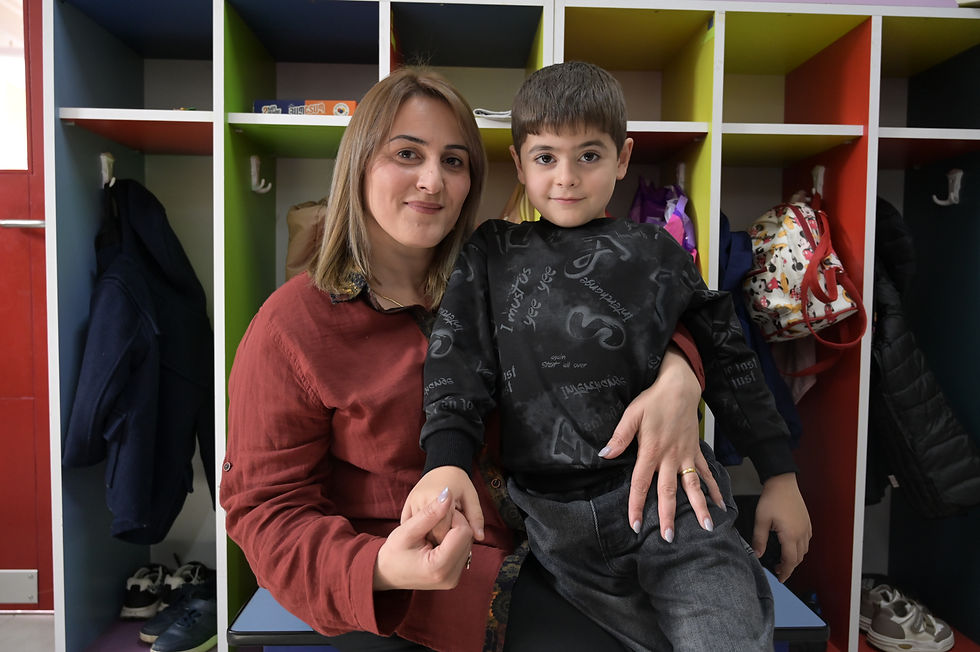From Ebru to Grandchildren – Ethnic Diversity in Today’s Turkey.
- Hasmik Manukyan
- May 10, 2011
- 2 min read

On May 5, the Civilitas Foundation held a public forum called “From Ebru* to Grandchildren: New Conceptualizations in Turkey,” at the Armenian Center for Contemporary Experimental Art (ACCEA). Speakers included attorney Fethiye Cetin, human rights activist Ayşe Gül Altınay, writer Takuhi Tovmasyan and photographer Attila Durak, whose most recent exhibition was simultaineously being held at the ACCEA. Civilitas Foundation Director Salpi Ghazarian moderated the discussion, which focused on the realization of a newly found Armenian identity in today’s Turkey.

Attila’s photo collection “Ebru” focused on cultural diversity in Turkey. Atilla spent seven years travelling throughout the country’s regions to photograph and chronicle the lives of members of its diverse cultures including the Jews, the Armenians and the Kurds.
“I did not just photograph those people, I penetrated their lives,” he explained. “During those seven years I discovered 44 ethnic groups and 36 languages in Turkey. I had 26 photo exhibitions open in more than 10 cities in Turkey.”

Human rights activist and attorney Fethiye Cetin spoke about her new groundbreaking memoir called Medz Mayrig (My Grandmother), a book that has become the lightning rod for a new generation of Turks who are discovering their Armenian ancestry. “When you try to find out your true identity and explore your ancestors past, you meet contradictions in this journey back to yourself. I found different identities within myself. My Armenian half feels the pain and the other half wants to apologize for this pain. I started a long struggle so I could form a new identity and reach inner peace.”

Takuhi Tovmasyan also talked about her new book May Your Table be Jolly, which reveals cultural issues through descriptions of Armenian food and recipes. Ayşe Gül Altınay teaches anthropology, cultural studies, and gender studies at Sabanci University in Istanbul. She also discussed the ethic diversities of Turkey, and talked about the effects of history.
*Ebru means marble in Turkish. The art of ebru appeared on the cover of manuscripts and other holy books in Turkey during the 15th century. Based on the concept, Turkish society is like marbled paper where colors maintain their identity yet also blend together.




Comments